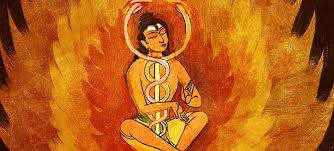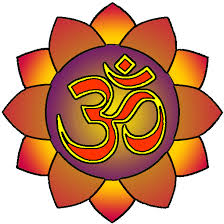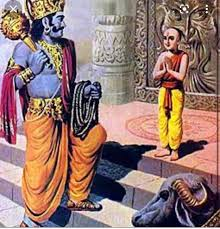The Yoga-Tattva Upanishad (The Essence of Yoga Philosophy)

The Yoga-Tattva Upanishad (The Essence of Yoga Philosophy) The seeker of Liberation must direct his energies to both simultaneously. The source of unhappiness lies in Ajnana (ignorance); Knowledge alone sets one free. This is a dictum found in all Vedas. The Yoga-Tattva Upanishad is attached to the Krishna Yajurveda and classified as one of the 21 Yoga Upanishads. Its origins and dating are uncertain, but it is believed to have been composed between the 8th and 12th centuries AD. This Upanishad delves into the fundamental principles and practical aspects of yoga, providing seekers with a comprehensive understanding of its transformative power. It serves as a guide to understanding the essence of yoga and its application in daily life. The Upanishad emphasizes that yoga is a holistic system that encompasses physical, mental, and spiritual well-being. It explains that yoga is the unification of the individual self (Jivatman) with the universal consciousness (Paramatman) ...

















